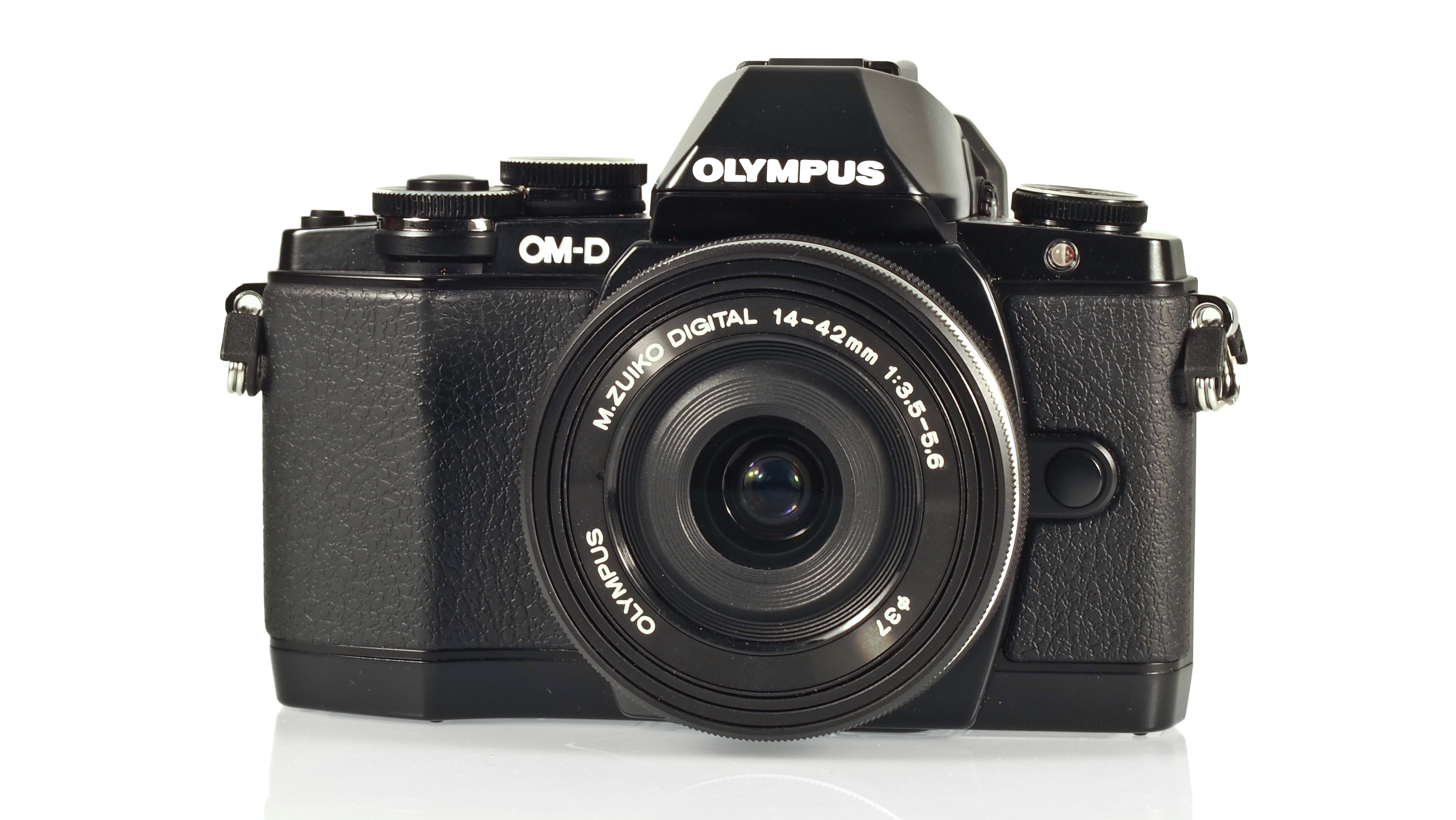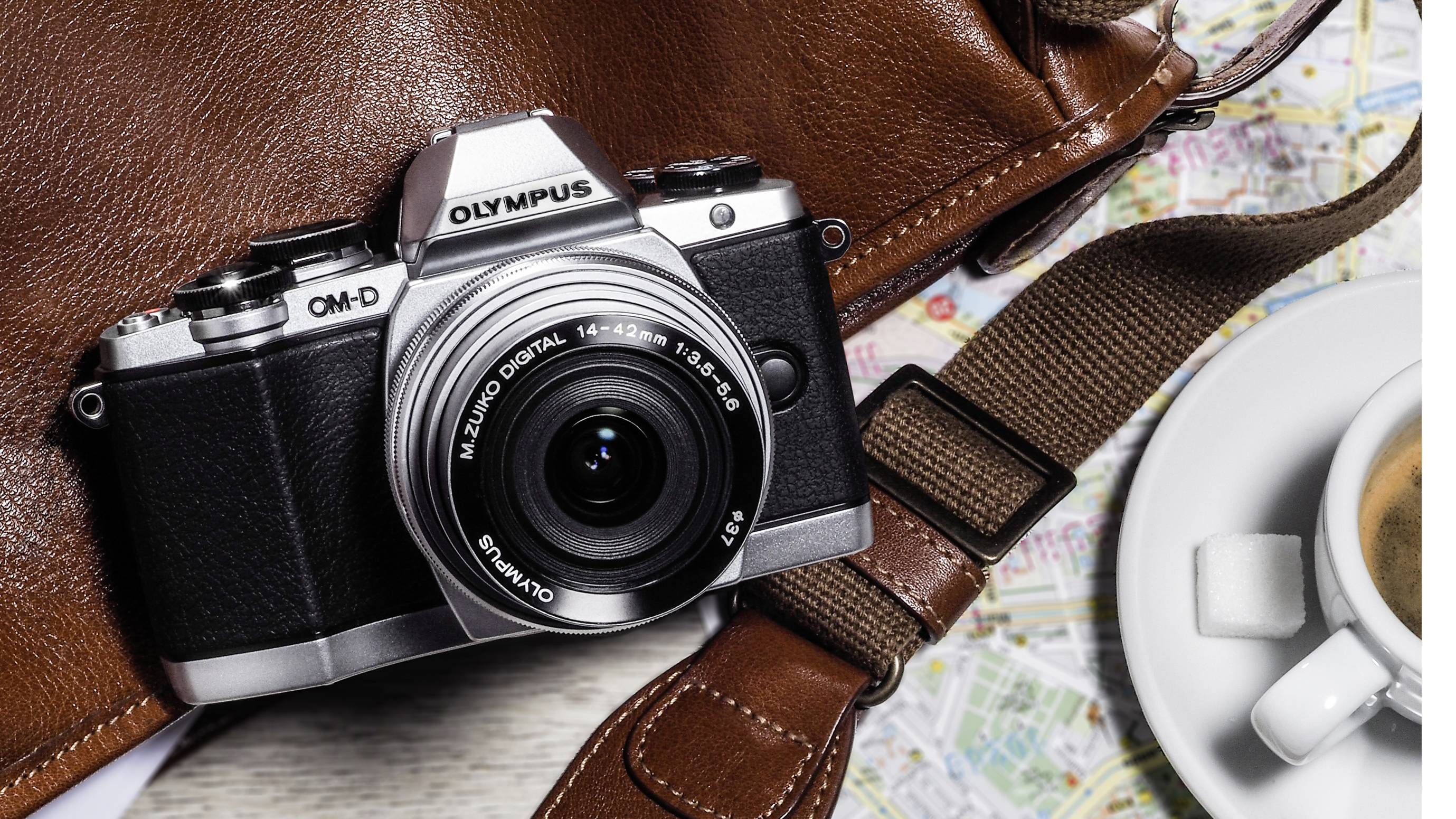Why you can trust TechRadar
At launch, the E-M10 has a recommended retail price of £529.99/US$699/AU$734 body only, or £699.99/US$799/AU$999 with the new 14-42mm EZ (powerzoom) lens which makes it considerably more affordable than the E-M1 and E-M5.
These cameras can be found for around £1,299/US$1,399/AU$1,199 and £749/US$1,099/AU$1,599 (body only) respectively. Expect the E-M10's price to drop a little after it has been on sale for a few months.
Olympus has given the E-M10 many of the features of the excellent OM-D E-M5, and some from the E-M1 at the top of Olympus's OM-D range.
The only compromises appear to be the lack of weatherproofing, the loss of the ability to attach a battery grip (although there is an accessory grip to make the camera larger if you prefer), the loss of the hotshoe accessory port and a reduction in the level of correction offered by the stabilisation system.
However, you get a pop-up flash, a more advanced Wi-Fi system and a better LCD screen. Plus the camera is a little more compact and lightweight – but still robust with a metal construction.
As it has the same sensor as the first OM-D, the widely respected E-M5, and the same processing engine as the top-end E-M1, it's not really a surprise that the E-M10 produces high-quality images. However, it is a little surprising that they resolve quite so much detail – especially considering that the E-M10's sensor has an anti-aliasing filter.
While the OM-D E-M10 manages to improve a little on the detail reproduction of the E-M1 and E-M5 at some lower and mid sensitivity settings, the desire to control noise seems to limit the resolution score a little at the highest values. Nevertheless, at normal viewing sizes images taken at ISO 12,800 look very good. The very top value, ISO 25,600 is probably best avoided however.
Our lab results show that the E-M10 competes very well against popular SLRs such as the Canon 70Dand Nikon D7100, by which we mean it whips their butts. That will give SLR manufacturers and prospective buyers something to think about.
While we may not have an issue with the E-M10's image quality, it's clear that the AF system still needs some work if the camera (or compact system cameras as a whole) is going to compete fully with an SLR. In good light all is well, but in low light conditions an SLR copes far better (at least with a high quality lens mounted). For many photographers this probably isn't an issue, but for dedicated enthusiasts that want to shoot a wide range of subjects, it's a restriction they won't want.
We liked
The E-M10 has plenty of controls within easy reach and an extensive featureset in a compact body that feels reasonably durable and comfortable in the hand. The EVF provides a nice clear view, showing scenes as they will be captured using the selected settings, and the touchscreen is responsive.
We disliked
A fully articulating screen would be nice, but the ease with which the camera's Wi-Fi system connects to a smartphone means that it's easy to compose images on the screen if the camera is at an awkward angle. It would be helpful if the camera's level could be displayed on the phone screen, however.
While the AF system is very good in most outdoor daylight conditions, it slows considerably when you step into subdued lighting conditions or night falls. This limits the camera's ability to shoot subjects such as music gigs and sports.
Verdict
I like the Olympus OM-D E-M10 a lot. It's small and light enough to fit in a large coat pocket or small bag so it can be used as a carry-round camera. It affords lots of control over images, feels good in the hand and has a control layout that's easy to get to grips with. It also has a healthy number of customisation options and produces high quality images.
As with Olympus's other recent compact system cameras, the Art Filters can be customised and used when you're shooting in advanced exposure modes like aperture priority, shutter priority and manual.
What's more, you can use them when shooting raw and JPEG files simultaneously to have a 'clean' image for processing. You can even bracket to have all your favorite Filters applied with one press of the shutter release. Some of the filter effect results are superb.

Just about the only thing we don't like about the E-M10 is that its AF system isn't fast enough for shooting low-light gigs and fairgrounds. That's not an issue exclusive to the E-M10, it's an issue for all CSCs that we've tested to date and it's something that SLRs take the lead on.
In daylight, however, the E-M10's AF system is one of the best around in a CSC (only pipped by the hybrid system in the OM-D E-M1) and it's capable of bringing still and moving subjects quickly into focus.
It might be small and light, but the E-M10 feels like a proper camera, and when you look at the images that it produces, you know it is.
